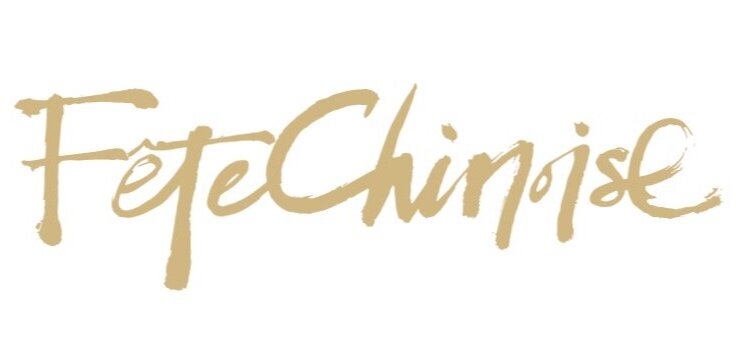Collected Letters: Interview with Liu Jianhua
Interviewed by Jennifer J. Lau
Written by Liu Jianhua
Photography c/o The Asian Art Museum, San Francisco, USA
Art installation at the Asian Art Museum, in San Francisco, USA by Liu Jianhua
“I selected fifty-two Latin letters (lower and uppercase) and forty Chinese radicals (components of Chinese characters) as the forms of “Collected Letters.” When these letters are combined, different languages and words across the globe are presented together, so that they might suggest innovative meanings. In this generation of high technology and rapid information exchange, it is important for all of us to slow down and think more.”
When did you discover your passion for sculpture & installation art?
It all began when I was young and started drawing. After 1977, I went to work at a porcelain factory; their main method of three-dimensional sculpting created a sense of aesthetic of the craft. So it was there that I started to think about three-dimensional methodologies and creating material art. In 1978, I had by chance started reading Art Theory of Rodin and understood the language and ideology behind sculpting and its especially rich performative style – which led to my deeper interest in it. I also majored in sculpture art in university and during the creation progress, I always hoped to present something innovative and new. After graduating, I worked at the university also in the sculptural arts field. So for my own creations, I always used sculptor techniques. But every artist wishes for their own language to evolve; for myself, I also aspired to create a new language of sculpture. I was especially interested in the relationship between space and sculptures. So later on, I used installation methods to make art. Combining sculptural and installation art together, I hope to spawn a new language based on the dynamics of space – this is where my passion lies.
What futures of you see for Chinese script in art? How can it speak in today’s globalized world?
As humanity develops, language and script will not cease to develop as well. This will evidently be the case because of the power of imagination and because of the needs of society. And so the organization of language and script has continually been evolving and re-created; for example, the invention of modern slang, etc. So I feel the future of language will be full of endless possibilities.
The source comes from the accumulation of our own culture. The meaning of culture is only granted when combined together. Together, it creates impact. It is not enough to use a single cultural lens to perceive something; I feel the possibility of multiple cultures is the way that culture can truly have impact.
Do you have a favourite Chinese character to write or sculpt?
I actually haven’t thought about whether I have a favourite Chinese character to write or sculpt. One of my pieces which is in the Asian Art Museum in San Francisco serendipitously coincided with the theme of script. At the time they invited me to participate in a public art project, I chose to sculpt “parts” of different languages because I felt script opens up our imagination. Before the museum came into being, it was a library. And so I felt using script and writing in my installation piece was appropriate in allowing audiences to appreciate the exhibit and also the history of the museum. As for myself, I never really thought about how to present or express the meaning of the script.
Can you share photos of your favourite pieces where language and calligraphy play a big role?
I have many – like the Chinese calligraphic classic “Preface to the Poems collected from the Orchid Pavilion.” Through this piece, one can feel the significance of human spirit and notions of freedom. Great works are born out of great times – this point is very important and is also meaningful to remember in today’s society.
What legacy do you wish to leave as your work is accessed by audiences around the world?
I hope that audiences can understand the artist’s cultural background and traces of development in the creation process. I hope they can fully understand the background and process of formation of the artist’s individual language.
Artistic creation in itself must have its own language in order to have presence. In addition, one must cultivate the richness, independence, and creativity of the language formation. This is where the value of creating art is made evident.
What I feel is meaningful is for audiences to pay attention to the depth of the artist and his/her language and at the same time, spark and ignite their own interest in their own cultural production.
If I have the opportunity to have my works exhibited in Canada, I would hope to share with audiences some meaningful pieces that belong to my own personal language constellation. I ultimately believe that artistic creation is a language system that is formed without borders – it is not regional, so when works are showcased, they should be able to resonate with audiences and artists or they should be able to discern the meaning behind the work through its visual presentation.
Learn more about Liu Jianhua at www.liujianhua.net




